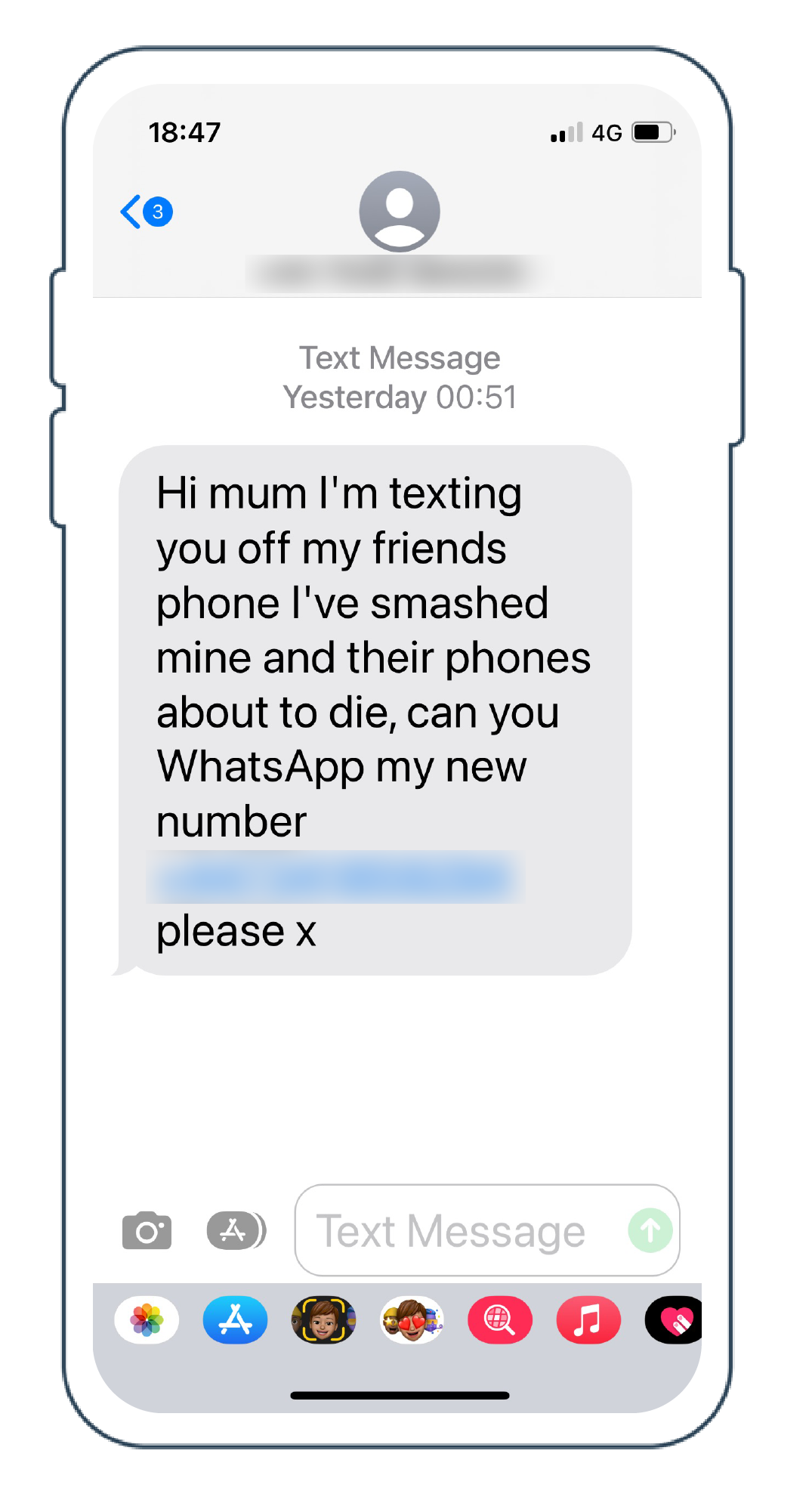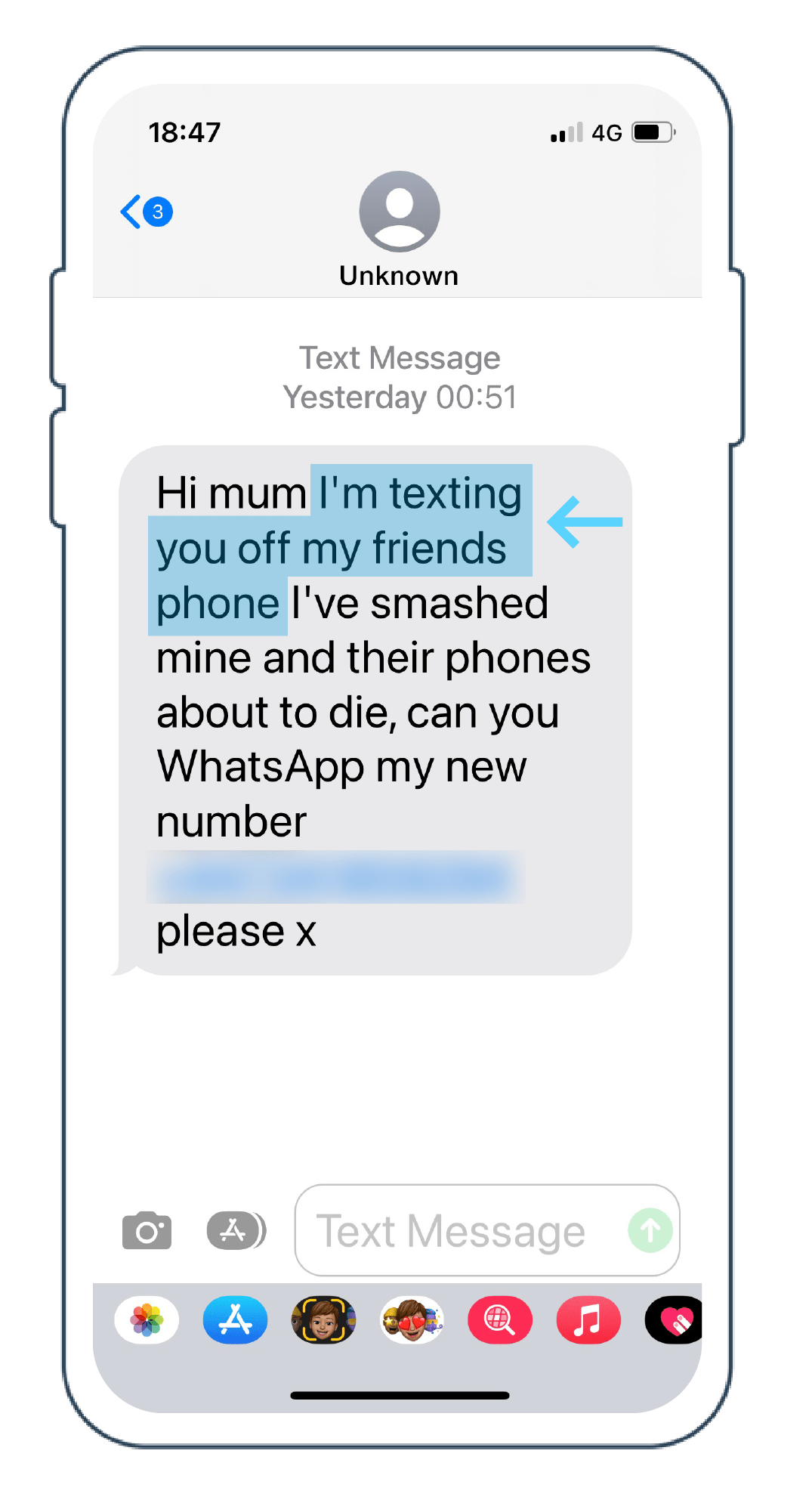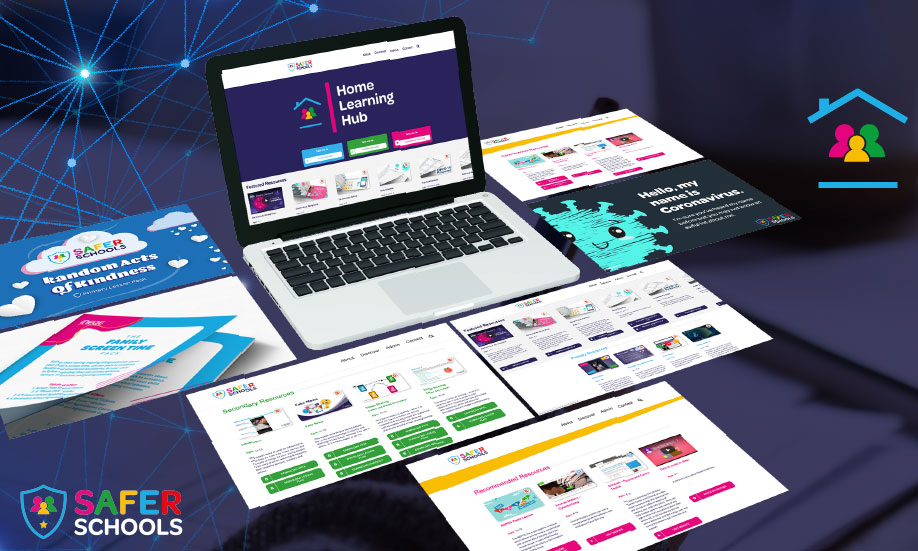Last Updated on 19th April 2024
We have recently become aware of an increase in a phishing scam, often known as ‘Hi Mum’. The scam involves the impersonation of friends or family members, and can be conducted through text message or an instant messaging service, such as WhatsApp.
Our Scam Alert will help you understand what the scam is, how to protect yourself and your loved ones from becoming victims and what you can do if you’ve been scammed.

What Is The ‘Hi Mum’ Scam?
The ‘end game’ for the scammers is to access your banking and/or private information, which they can then use for their own financial gain.

Three Top Signs to Spot the ‘Hi Mum’ Scam
1. Unknown number


2. Instead of using a name, writing: ‘It’s me’ or not stating who it is

3. Saying their phone is lost or broken


What To Do If You’ve Been Targeted
Firstly, directly contact the person they are claiming to be. Ask if they have messaged you from a different number. If they haven’t and you haven’t yet sent any personal or private information to the scammer, you should block and report the scammer.
Never directly respond to the scammer. They may sell your details to other scammers who will bombard you with spam messages or calls.
Note the number that the scammer is contacting you from and any other information, such as a profile photo. If you can, take a screenshot – this will be helpful information to include when reporting the scammer. You can report the phishing scam to the National Cyber Security Centre (NCSC).
If you have already given the scammer information, here’s the next steps you can take:
Join our Online Safeguarding Hub Newsletter Network
Members of our network receive weekly updates on the trends, risks and threats to children and young people online.













